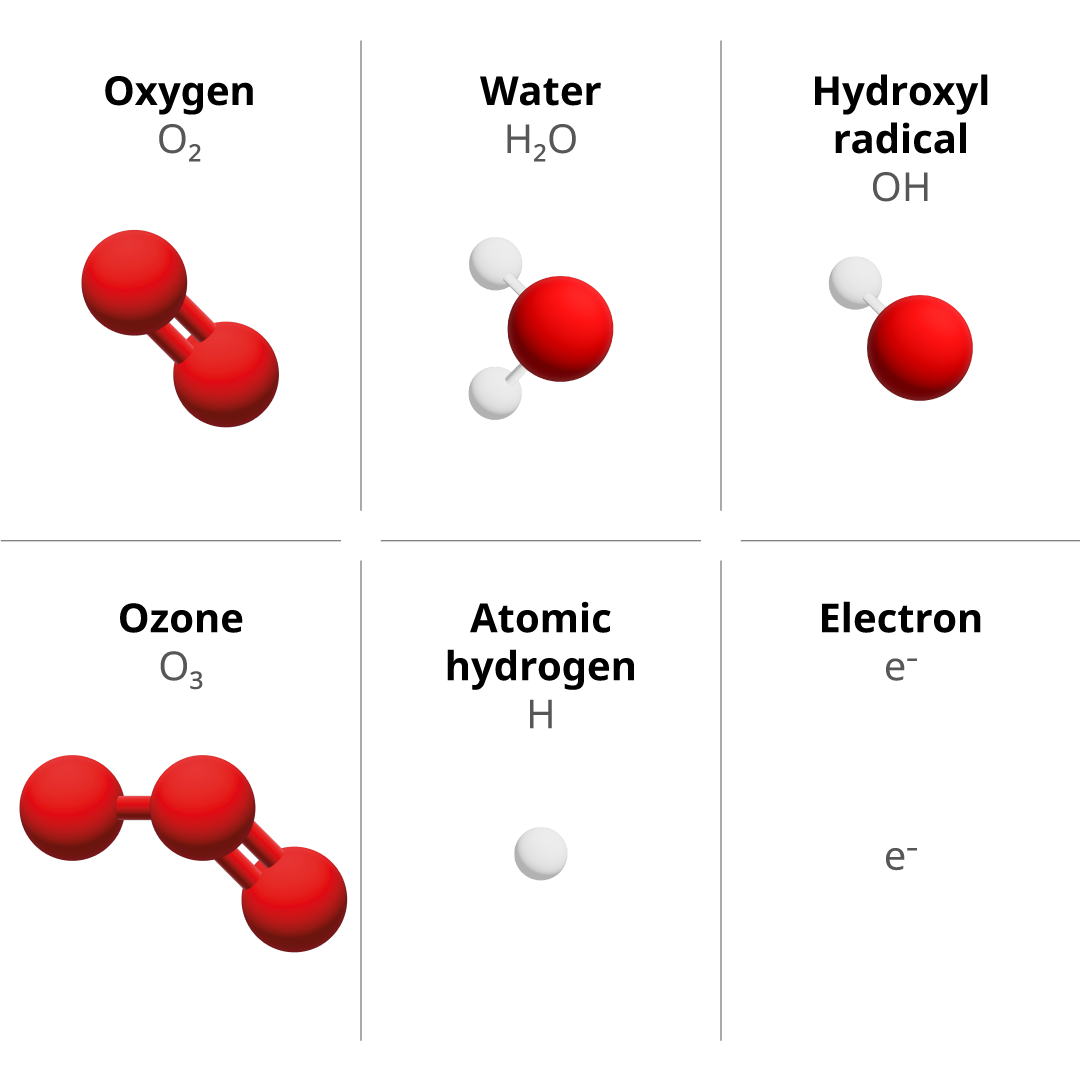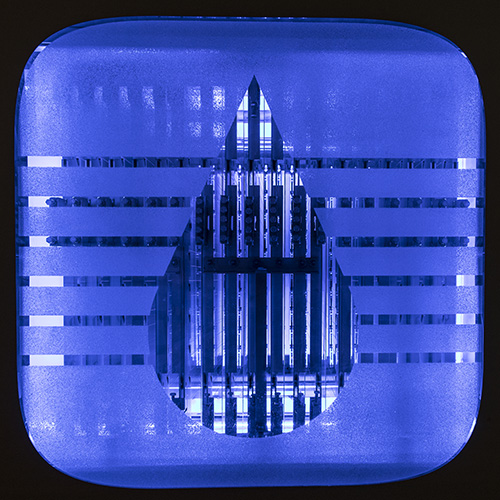Why Is Removing Organic Pollutants a Challenge?
For industrial operators, residues of chemicals in used waters can be a stressful problem. Removal of dissolved organic pollutants is often challenging. At the same time, their maximum allowed emission levels are frequently regulated by legislative bodies and environmental authorities. Exceeding emission levels likely results in environmental problems and costly penalties.

